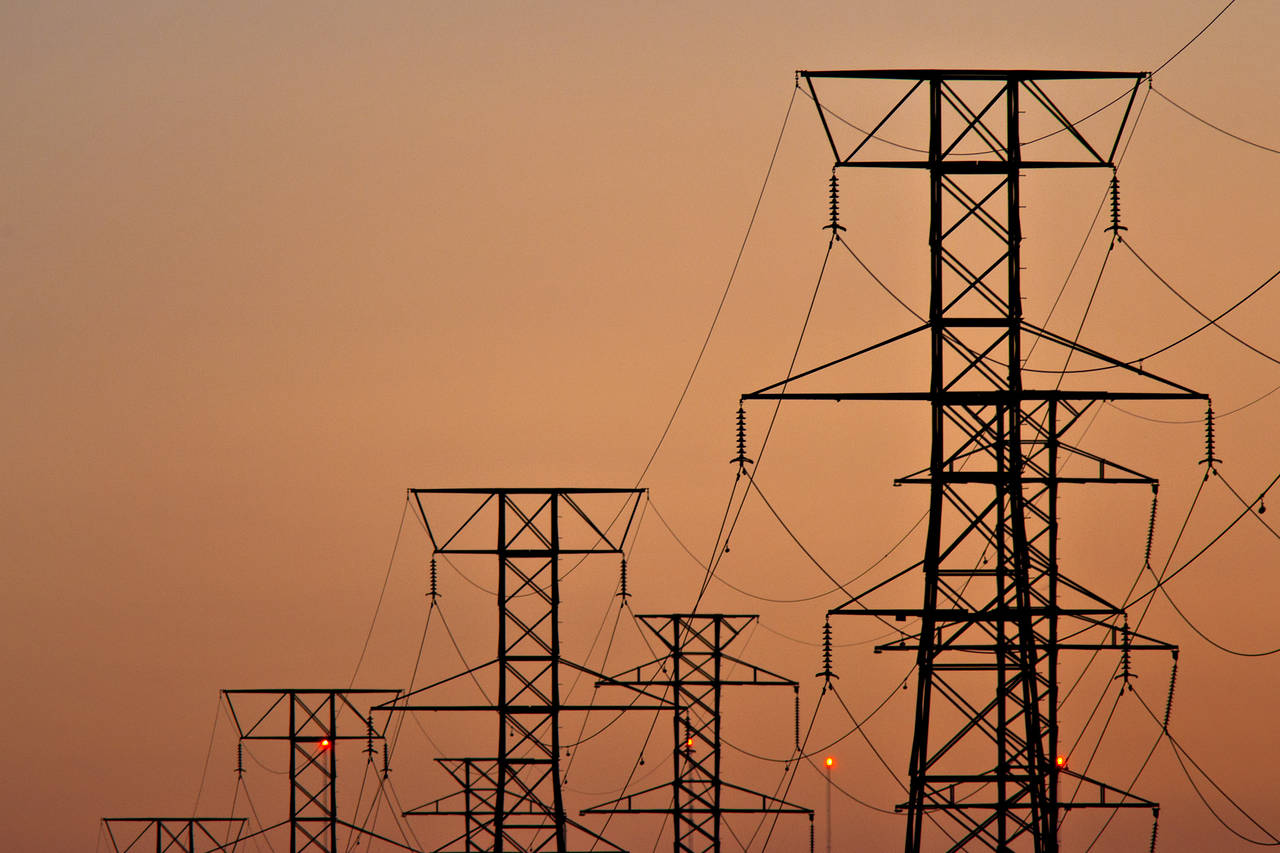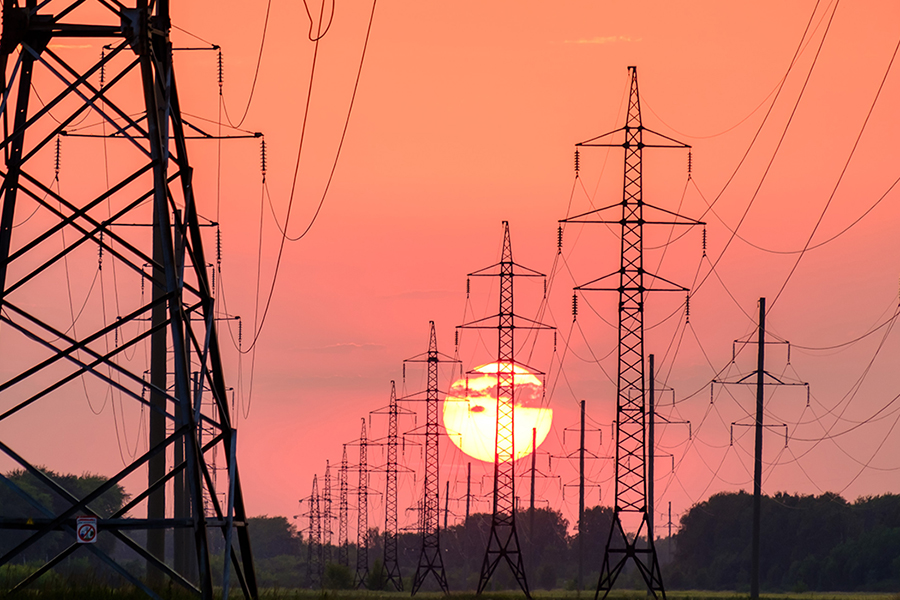
The electrical grid is a part of our infrastructure that we often overlook. It provides the power needed to run our homes, businesses, and critical services shaping the society we live in. Have you ever stopped to think about the history and importance of this network? Let's delve into how it functions, from the energy sources that fuel it to the technological advancements, the challenges it confronts, and what lies ahead.
The Modern Energy Grid is a Very Sturdy System
When was the time you faced a power outage? When your lights flicker, or the power goes out, it's a reminder of how we depend on the grid. Our daily routines are closely connected to its operation powering everything, from our morning coffee makers to equipment in hospitals. Disruptions in the grid can have far-reaching consequences affecting communication networks, transportation systems, and even the economy.
Beyond the individual inconveniences of power outages , the electrical grid plays a crucial role in supporting a well-functioning modern society. Think about how businesses and industries suffer when there's a grid failure. Production slows down, employees cannot perform their duties and all commercial activities grind to a halt. Key infrastructure, like water treatment facilities, hospitals, and emergency services heavily rely on electricity to deliver services to the public.
Exploring Various Energy Sources
Energy serves as a driving force that fuels our society. In order to meet the ever-growing demand for power, we rely on a variety of energy sources, from simply burning stuff, to converting sunlight into usable power.
Conventional energy sources, like coal and natural gas, have historically been the mainstay of energy production. These sources are known for their reliability in ensuring an electricity supply. They also offer high energy density, allowing them to generate power in a compact space. However, their efficiency levels can vary. For instance, coal-fired plants typically run at 30-40% efficiency, while natural gas turbines and power plants can reach efficiencies of up to 60%. Gas turbines can quickly start up and provide peak power during times of high demand.
Recently, renewable energy sources like solar, wind, and hydroelectric power have become more popular due to their benefits and improved cost-effectiveness. These resources rely on sources that make them sustainable in the long term. However, they do come with limitations. Solar power is dependent on sunlight availability, which changes throughout the day and is influenced by weather conditions. Wind power relies on wind speed and consistency. Although hydroelectric power is effective and reliable, it is constrained by the presence of rivers or dams.
When evaluating energy sources' effectiveness it's crucial to consider the factors that impact their performance. Assessing efficiency involves looking at how energy's converted resources are used, and the overall effectiveness of a system. Each energy source has its pros and cons in terms of efficiency, environmental impact, and cost. To determine the best energy sources for our needs it's important to weigh the advantages and disadvantages of each option and find a balanced approach.
Advancements in Technology
Technological advancements have greatly improved the efficiency and reliability of the electricity grid. Smart grids for instance use sensors, automation, and two-way communication to optimize energy distribution, reduce power usage during peak times, and quickly address any issues that may arise.
Thanks to progress in grid design and control systems, integrating renewable energy sources into the power network has become more viable. Energy storage technologies, such as batteries and pumped hydro, have also emerged as components in recent years, allowing surplus energy to be stored for use when demand is high.
Challenges and Vulnerabilities
Despite the advancements made the power grid is still facing challenges and vulnerabilities that require attention. The issue of an aging infrastructure is significant, given that many parts of the grid were built decades ago which often goes unnoticed. Additionally, the increasing risk of cyberattacks poses a threat to both the reliability and security of the grid. Natural disasters such as hurricanes, floods, and wildfires can also result in damage and disruptions to electricity supply for prolonged periods. To address these issues it is crucial to invest in modernizing the grid while focusing on enhancing its resilience and strengthening cybersecurity measures.
The Future of the Grid
The outlook for the power grid appears quite promising. The trend towards decentralization is becoming more apparent as consumer-level distributed energy generation gains popularity. The move towards electrifying transportation, through the use of electric vehicles, will require an updated grid infrastructure to support charging stations and meet growing demand. Furthermore, the adoption of renewable energy sources will contribute to establishing a friendly and sustainable grid reducing our reliance on fossil fuels.
Role of Consumers and Energy Conservation
While progress in grid technology and energy production is crucial, each of us plays a part in supporting its reliability and sustainability. Simple actions, like being mindful of energy consumption, can have an enormous impact. Practices such as using energy-efficient appliances, turning off lights, and improving building insulation can significantly reduce energy usage. Opting for renewable energy sources, like rooftop solar panels, can also play a role in promoting overall sustainability within the grid.
Final Thoughts
The power grid has changed over time, becoming an integral part of our daily lives. Its reliability is often taken for granted, yet even the smallest disturbances can have far-reaching effects, highlighting its importance in today's world. As we work towards a sustainable future by embracing renewable energy sources and advancements in grid technology, new opportunities arise. However, we must address challenges such as aging infrastructure and cybersecurity threats, with individuals contributing by practicing energy efficiency and conservation.
Let us appreciate and support the electrical grid that powers our lives and be conscious of our energy usage and its impact on this essential infrastructure.




